The Guadalupe River runs into the Texas Gulf Coast from Kerr County.
A section of the river runs through New Braunfels, Texas.
The flow of the river is fed by the San Marcos and Comal Springs in addition to water from the Canyon Dam, which is located northeast of New Braunfels, Texas.
Provided that the water levels remain high enough, the river is a freshwater river.
The area around the river is subtropical with hot and muggy summers and warm, dry winters.
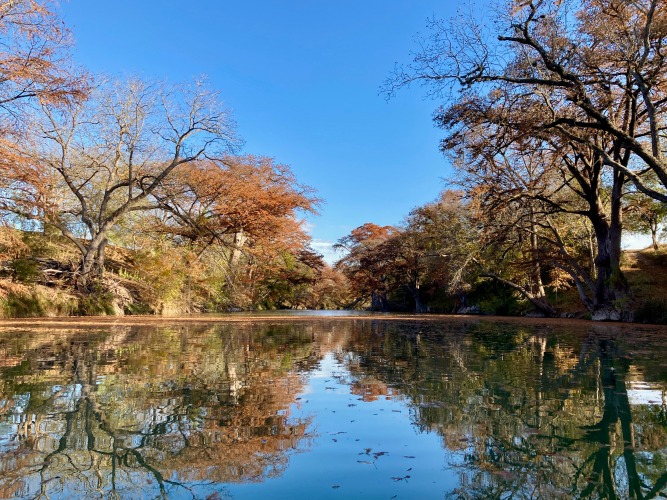
Contents
So… Are There Alligators in the Guadalupe River?
The Guadalupe River is home to a range of different wildlife including birds, reptiles, mammals, raccoons, coyotes, skunks, deer, bobcats, etc.
There have been some sightings of alligators in the Guadalupe River over the years, but whether there are confirmed reports of the presence of alligators in the river is still undetermined.
There has, however, been research conducted in the Guadalupe Delta where samples were collected of alligators which indicates their presence in the river.
Sightings may be rare due to the fact that the alligators are afraid of humans or very shy.
Alligators are present from East Texas along the Sabine River to the west Rio Grande, and into the Gulf of Mexico.
Alligators thrive in freshwater ponds, rivers, lakes, marshes, wetlands, swamps, and bayous.
The alligator population has been estimated to be around 400,000 to 500,000 in the Lonestar State.
Alligator Species in the Guadalupe River
The alligator species most likely to be found in the Guadalupe River is the American alligator.
There are only two alligator species left in the world.
The first is the American alligator (Alligator mississippiensis) and the Chinese alligator (Alligator sinensis).
The American alligator is in the eastern third region of Texas. These alligators are native to Texas.
It is a semi-aquatic, armored, reptile with a large, flat tail.
The American alligator is scientifically related to the crocodile but is from different families.
The alligate features coarse scales across its body and is dark in color, almost black. It has prominent eyes and nostrils.
The location of its nostrils, at the top of its snout, allows the American alligator to breathe while the rest of its body is submerged underwater.
The feature allows the alligator to be a master of camouflage and attacks its prey unawares.
The alligator grows to a maximum size of approximately 11 feet and the largest recorded alligator weighs a whopping 1,000 pounds.
The reptile is not commonly aggressive toward humans unless it has been provoked
. The American alligator has four short legs with five toes on its front feet and four toes on its back feet.
It can sprint very fast for short distances at a time.
The typical sprint speed is around 11 to 15 miles per hour, but the top recorded speed for an alligator was 35 miles per hour.
In addition, its feet are webbed.
This allows the alligator to be an agile swimmer in the water.
American alligators are carnivorous and will often eat anything they can catch.
This may include turtles, fish, birds, snakes, lizards, small mammals, etc.
It can go through approximately 2,000 teeth in its lifetime due to its diet.
It loses teeth quickly but can regrow them just as fast.
Is it Safe to Swim in the Guadalupe River?
The Guadalupe River may not be safe to swim in as there have been reports of high levels of bacteria in the water which may be harmful to humans.
Visitors and guests are advised to keep an eye out for any advisory boards which may warn visitors against swimming in the river.
In addition, visitors and tourists should be mindful of swimming after heavy rains as the water may be murky.
This could hide a host of potential dangers such as branches, broken glass, metal, or logs under the water.
Swimmers are also warned to keep an eye out for water moccasins that may be present in the river during warmer temperatures.
Furthermore, there are obvious risks of drownings in the river.
As with any body of water, visitors and tourists are advised to practice reasonable caution.
Some other dangers to be aware of in the river are any undercurrents.
The water may appear calm on the surface, but there could be undercurrents.
Interesting Alligator Facts in the Guadalupe River
The American alligator can be found in 120 counties in Texas.
Their range spans from the Sabine River in the east of Texas into the Gulf of Mexico’s marshes.
They can also be found on the Rio Grande in Texas.
You will mostly find alligators in the eastern part of Texas as this region offers the ideal habitat for the reptile, including swamps, lakes, and marshes.
They are the largest reptiles in the United States and in the state of Texas.
Alligators can sprint up to 15 mph, but they get tired very quickly and can only run for short bursts at a time.
The fastest speed recorded for an alligator was 35 miles per hour.
If an alligator ever chases you, it’s best to run straight ahead, not in a zigzag motion.
The reason for this is that alligators are blind right in front of their nose, so chances are they won’t be able to see you.
Furthermore, when an alligator bites, it moves its head from side to side.
By running in a zigzag motion, you run the risk that the alligator might catch you simply by biting in the right direction at the right moment.
The American Alligator is a cold-blooded reptile that requires external heat to regulate its body temperature.
The alligator looks for outside heat sources such as a warm climate.
Ideally, the alligator thrives in subtropical and tropical climates, hence its presence in the eastern part of Texas.
You’ll often see alligators basking in the sun for many hours, attempting to regulate their body temperatures.
Alligators have not evolved much since the time of the dinosaurs and have been on earth for more than 200 million years.
Though they do not resemble their prehistoric ancestors completely, they do have many similarities.
Alligators are some of the oldest reptiles on the planet, following turtles and tortoises.
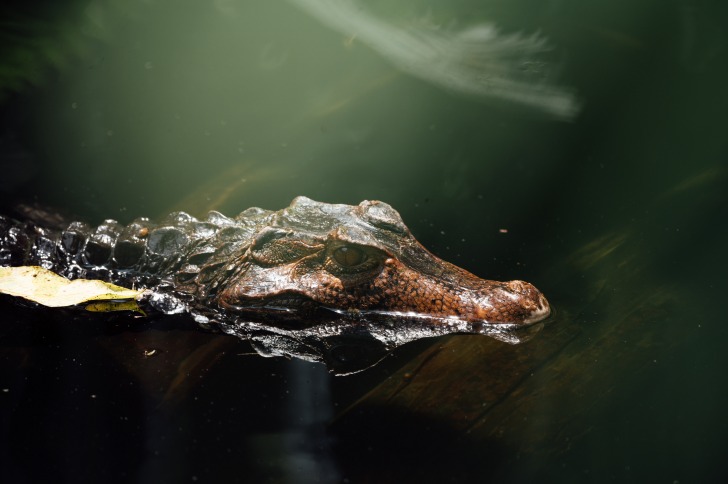
Alligators vs. Crocodiles
Many people may confuse alligators and crocodiles.
They are from the same scientific order but these two reptiles belong to two different families.
Crocodiles belong to the Crocodylidae family and alligators belong to the Alligatordae family.
The first key difference between these two reptiles is their snouts.
An alligator has a shorter, U-shaped snout, and a crocodile has a V-shaped snout.
The alligator has 80 teeth while the crocodile has only 66 teeth.
Weight and size are also factors that distinguish these two reptiles from each other.
Crocodiles are generally larger than alligators.
A crocodile will grow to 10 to 20 feet in length, while an alligator will grow up to eight to 11 feet in length.
Crocodiles weigh between 300 and 2,000 pounds, while alligators weigh between 400 and 800 pounds.
However, the largest recorded alligator weighed up to 1,000 pounds.
The color is another giveaway that can easily help you to distinguish between these two reptiles.
Crocodiles are light green to light brown with a molted pattern over their bodies, alligators are dark gray, and some are black with cream-colored bellies.
In both of these species, the male is always noticeably larger than the female.
Unlike the alligator, which has webbed feet for better swimming, the crocodile does not have webbed feet but does have jagged feet.
A quick glance should be able to tell you the difference between these two reptiles if you are familiar with what to look out for.
3 Safety Tips for Swiming in Alligator-infested Waters
- The first and most important piece of advice is to never swim in areas that are clearly prohibited. There is often a good reason why you shouldn’t swim in that area. Especially if there are alligators in the water. There are usually advisory boards that warn people whether they can swim in an area or not. Heed the warnings on the advisory board. You should only swim in designated areas.
- Whenever you are near a body of water that has alligators, keep a close eye on small children. Do not let small children come near the banks of the body of water. Alligators may confuse small children and animals for prey and may even attack. Small animals should always be kept on a leash and away from the banks.
- Do research before going to a new location. Become familiar with the location of alligator and crocodile populations around the US. This will help to prepare you against any risks that may be present at the location where you are traveling to.
Summary
There are without a doubt alligators present in the state of Texas.
The Guadalupe River Delta has proven that there are alligators present in the river as well, and there have been samples extracted from alligators that are present in the Delta.
Though there have only been a few sightings of alligators up the river stream, those that do decide to visit the river should practice caution and remain vigilant at all times.
The river is home to a range of wildlife that lives under the water and on the land.
Many of these animals pose a threat to visitors and tourists.
Always remain vigilant around bodies of water that are known to be home to alligators and keep an eye out for any advisory boards warning visitors not to swim in the area.
Frequently Asked Questions
Have there been any alligator attacks in Texas?
Yes, there have been numerous attacks by alligators in Texas.
Recently, there have been attacks by aggressive alligators which seem to be very unusual.
Where are the most alligators in Texas?
The highest number of alligators are present on the upper Texas coast.
They are mostly present in the ecological region of the state in coastal marshes and prairies.
How many people have been killed by an alligator in Texas?
No one has died of an alligator attack in Texas and there have only been a few reports of attacks.
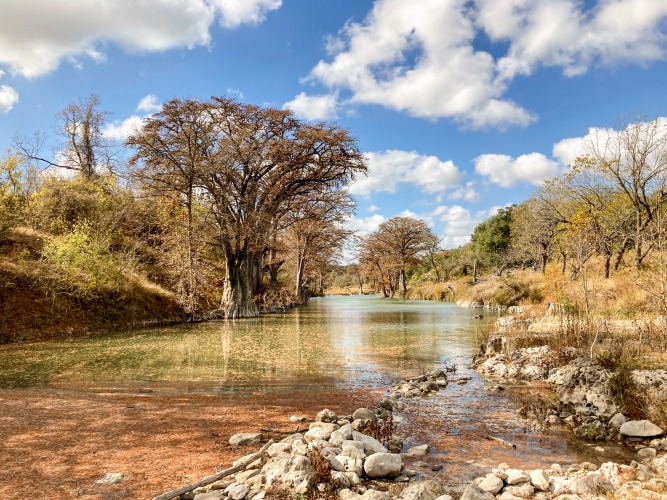
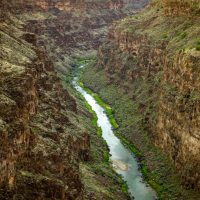


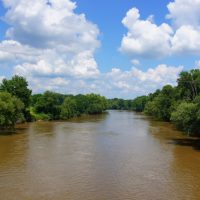







It is important to be aware of the potential presence of alligators in the Guadalupe River and to take precautions when swimming or visiting the area.
The Guadalupe River is a beautiful and popular destination for tourists, but it’s important to remember that we are visitors in the animals’ natural habitat.
The Guadalupe River in Texas is home to a variety of wildlife, including alligators, although confirmed reports of their presence are still undetermined.